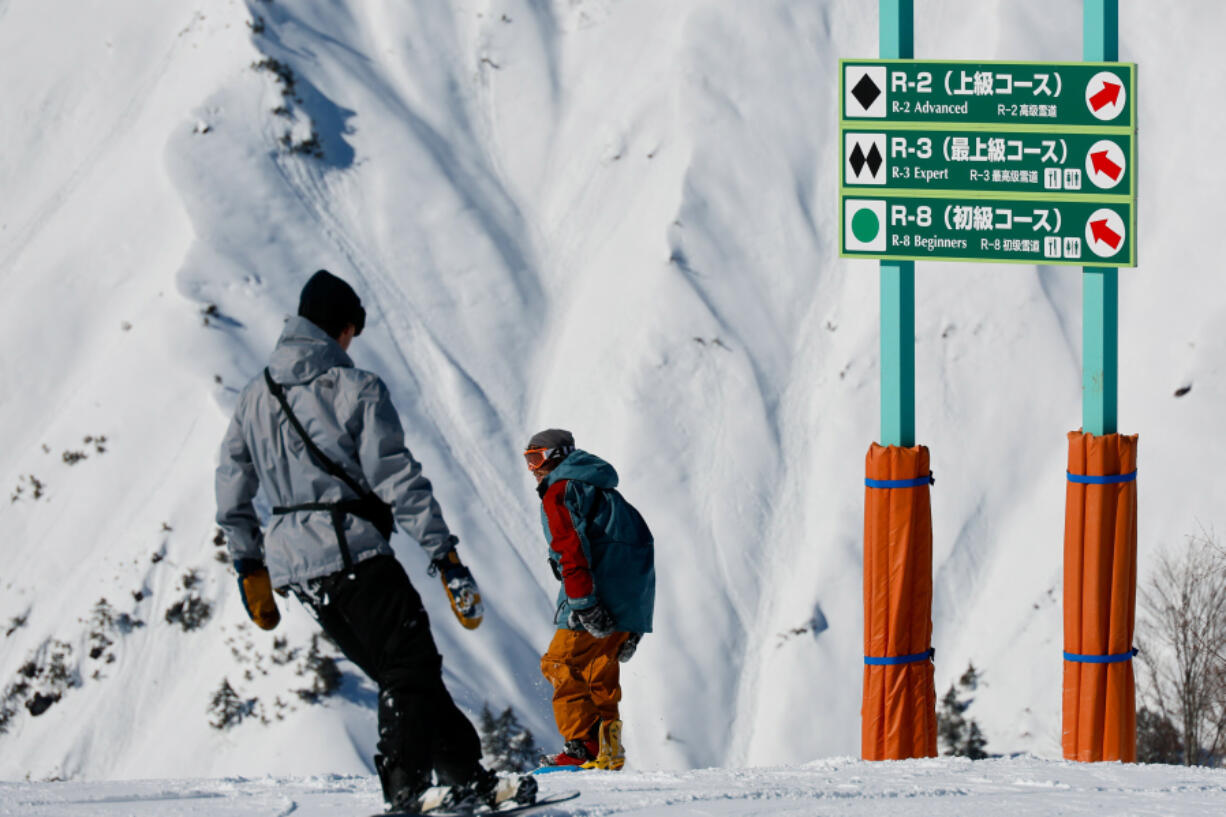HAKUBA VALLEY, Japan — Snow crab legs protruded from a steaming bowl of miso soup accompanied by a golden-brown portion of takoyaki, a battered ball stuffed with grilled octopus. What did this slopeside lunch set me back at Goryu, one of several ski areas lining Japan’s Hakuba Valley? Some 1,150 yen, or about $8.
You can barely buy a coffee for that price at Seattle-area ski lodges, a value underscoring why a ski trip to Japan is such a delight. Last February marked my third cold-weather vacation to the Land of the Rising Sun, a country whose boom-bust experience with winter sports has left a mix of charmingly dated resorts matched with an infusion of newfound interest from foreign visitors.
In the inverse of the Washington scenario, in which demand outstrips supply, Japanese ski resorts are vastly overbuilt for their domestic market. There are one-sixth as many Japanese skiers and snowboarders today compared with 30 years ago. Japan’s ski operators are increasingly catering to foreign visitors to revive an industry that peaked in the early 1990s at the height of the country’s economic bubble.
Northwest skiers are happy to oblige. There are three daily flights making the eight-hour hop to Tokyo from Seattle-Tacoma International, the closest mainland U.S. airport to Japan. For Seattle-area skiers planning an overseas ski trip, traveling to Japan is quicker and more convenient than heading to the Alps.



